Is It Time to Switch from HID to LED in Your Warehouse?
If your warehouse still relies on high-intensity discharge (HID) lighting like metal halide or high-pressure sodium lamps, you're likely wasting energy, time, and money. With today’s rising energy costs and updated energy codes like the IECC and NEC 2023, many facility managers are asking:
Is now the right time to upgrade to LED?
This article breaks down the benefits, ROI, and code considerations of switching from HID to LED lighting—specifically for commercial and industrial warehouse applications.
Why HID Is Falling Behind
High-Intensity Discharge (HID) lighting was the standard for high-bay applications for decades. But it comes with several drawbacks:
Long warm-up times (2–15 minutes)
High energy consumption (250W–1000W+ per fixture)
Poor dimming and control capabilities
Frequent relamping and maintenance
Inconsistent color temperatures and CRI
Light depreciation over time (up to 70%)
In a world where energy efficiency and smart control systems are the norm, HID is outdated—especially in large commercial spaces where lighting is a major operational cost.
The Case for LED in Warehouses
Here’s why LED high-bay fixtures are now the go-to solution:
1. Energy Efficiency
LEDs use up to 70% less energy than equivalent HID fixtures.
A 400W metal halide can often be replaced with a 150W LED with better lighting performance.
2. Better Light Quality
Consistent color temperature and CRI improve visibility and safety.
Less flicker and fewer shadows in racking aisles and workstations.
3. Instant On/Off
No warm-up or cool-down time.
Ideal for occupancy sensing and daylight harvesting systems.
4. Lower Maintenance
Typical LED lifespan: 50,000 to 100,000 hours.
Reduces relamping costs and equipment downtime, especially in tall-ceiling environments.
5. Smart Control Integration
Many LED fixtures are compatible with:
Occupancy/vacancy sensors
Daylight sensors
Dimming and zoning controls
Wireless building automation systems
Code Compliance & Energy Standards
NEC Considerations
Article 410 covers luminaires in commercial spaces.
New installs must meet wiring, support, and accessibility requirements.
LED retrofits into HID housings may require labeling and UL compliance to ensure safety.
IECC Requirements
Warehouses must meet lighting power density (LPD) limits (e.g., 0.60 W/sf in many cases).
Automatic shutoff, occupancy sensing, and daylight-responsive controls are required in most high-bay applications.
Upgrading to LED can make it much easier to meet IECC 2021 and ASHRAE 90.1 standards.
ROI: How Fast Does LED Pay Back?
Let’s look at a simplified ROI example:
Scenario:
20 metal halide fixtures at 400W each
Operating 12 hours/day, 6 days/week
$0.12/kWh utility rate
Upgrade to 150W LED fixtures
Annual energy savings:
Old load: 8,000W × 12h × 312 days = 29,952 kWh/year
New load: 3,000W × 12h × 312 days = 11,232 kWh/year
Savings: 18,720 kWh/year = ~$2,246/year
If the LED system costs $6,000, the simple payback is under 3 years, not including rebates or reduced maintenance costs.
Bonus: Utility Rebates
Local utilities (including Idaho Power) often provide incentives for energy-efficient lighting upgrades. These rebates can cover 20–50% of material costs, significantly accelerating ROI.
Check with your utility’s commercial energy efficiency program before starting your project.
When to Upgrade
You should strongly consider switching to LED if:
Your warehouse lights are on for more than 6 hours/day.
Your maintenance crew frequently changes burned-out lamps.
You’re getting flagged for IECC or OSHA lighting compliance issues.
Your facility is undergoing a tenant improvement, automation upgrade, or energy audit.
Your current system prevents you from using occupancy sensors or dimming.
Conclusion
HID lighting had its moment, but in 2025 and beyond, LED is the clear winner for warehouse environments. Lower energy bills, longer lifespans, better visibility, and easier code compliance make the switch a no-brainer. Plus, with available rebates and fast ROI, most businesses can recoup their investment in just a few years.
If you’re planning a retrofit, expansion, or code compliance upgrade, consider making the jump to LED—your facility and bottom line will thank you.
Disclaimer:
The information, tools, and resources provided on this website are for general informational purposes only. While Empower Engineering strives to ensure accuracy and relevance, no guarantee is made regarding the completeness or applicability of the content to specific projects. Users are responsible for verifying all calculations, code interpretations, and design decisions with licensed professionals and local authorities. Empower Engineering assumes no liability for any loss, damage, or code violation resulting from the use of this website’s content.
Empower Engineering | July 15, 2025
11513 W Fairview Ave Ste 101
Boise, ID 83713
admin@empowerengineering.com
208-870-4379


